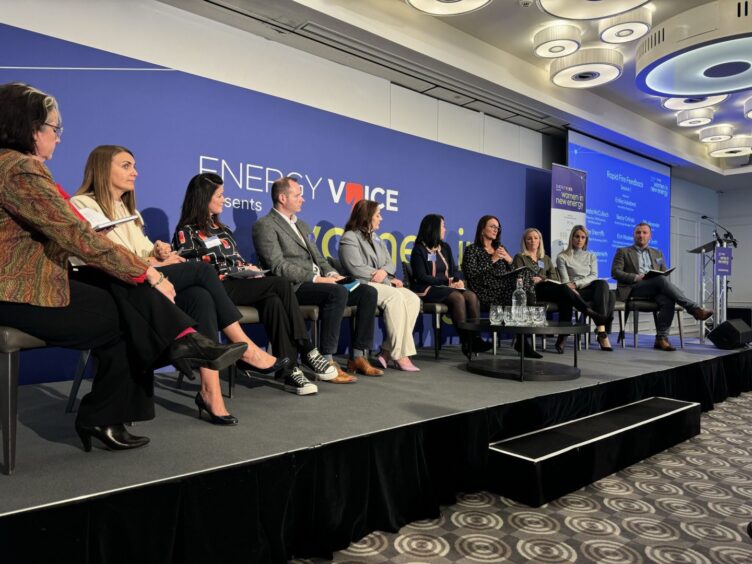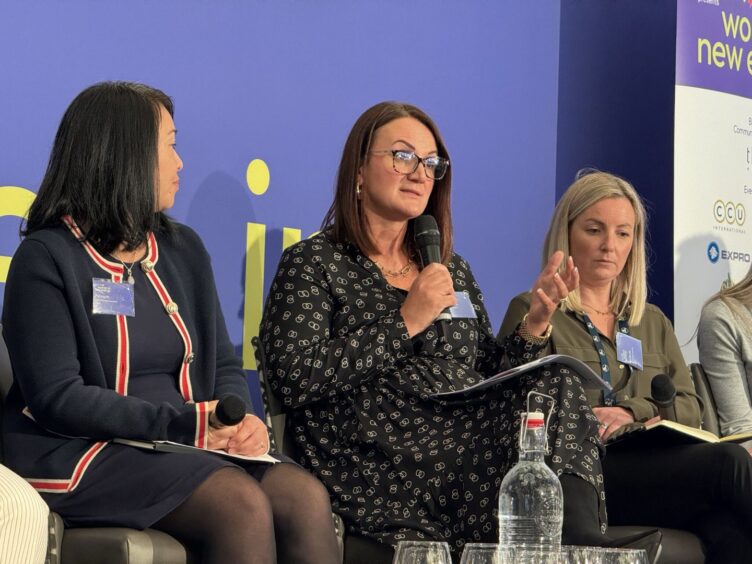
Last month’s Women in New Energy (W.I.N.E.) event gathered people in the industry to support gender equity. Nicola Plenderleith took part as Leyton UK’s head of talent acquisition and United Nations Global Compact Target Gender Equality ambassador. Here, she shares frameworks to help organisations push for action and accountability.
Throughout the Women in New Energy event, it was clear that businesses in the energy sector are keen to make an impact on gender equality goals and some may already be aiming to contribute to the United Nations’ Sustainable Development Goals (SDGs) as part of their wider ESG strategy.
During the roundtable sessions, we focused on SDG 5, gender equality, the UN Target Gender Equality (TGE) programme and Women’s Empowerment Principles (WEPs) to showcase the powerful frameworks any organisation can use to advance gender equality, both in the workplace and beyond.
Understanding the UN Target Gender Equality Programme
The UN Target Gender Equality programme is a flagship initiative of the United Nations Global Compact aimed at helping companies set and meet ambitious targets to increase women’s representation and leadership within their organisations.
Launched in 2020, it supports companies in translating their gender equality commitments into meaningful action and measurable results.
By participating in the TGE programme, companies are equipped with the knowledge, tools and accountability mechanisms to systematically close gender gaps and improve gender representation in senior leadership roles.
Women’s Empowerment Principles (WEPs): The cornerstone of gender equality in business
The Women’s Empowerment Principles (WEPs) are a set of seven guidelines created by the UN Global Compact and UN Women to provide companies with a framework for gender equality across all aspects of their operations.
The principles cover a wide range of issues that affect women in the workplace, marketplace and community, encouraging companies to take bold steps to ensure gender equity.
The WEPs act as a comprehensive framework for organisations to assess their gender equality performance and implement effective strategies that drive long-term impact.
How to use the TGE Programme and WEPs as a framework for action in your organisation
1. Commit to leadership accountability
The first step in using the frameworks is ensuring that gender equality is a priority at the highest levels of your organisation.
Senior leadership must champion gender initiatives and gender targets should be integrated into the company’s broader strategy.
2. Set clear, measurable goals
Companies are encouraged to set concrete gender parity targets, such as achieving 50% female representation in leadership positions by a certain year.
These goals should be ambitious yet realistic, tailored to your organisation’s context and supported by a timeline.
3. Foster an inclusive workplace culture
The framework emphasises the need for a fair and safe workplace environment. This includes implementing policies that ensure equal pay, combating discrimination and harassment and offering family-friendly benefits.
By establishing these practices, organisations create a more inclusive culture that supports the advancement of women at all levels.
4. Promote professional development for women
Organisations should invest in leadership development programs specifically designed for women.
Training, mentoring and sponsorship initiatives enable women to advance within the organisation and gain the skills necessary to reach top positions.
5. Advocate for gender equality beyond the workplace
Businesses should extend their gender equality efforts to the broader community, working with suppliers and partners to support women’s empowerment.
This could involve supporting women-owned businesses, advocating for gender-sensitive procurement policies or sponsoring community programs that advance gender equality.
6. Measure, report and communicate progress
Finally, organisations should implement robust metrics to measure their progress on gender equality. Regular reporting on gender diversity, pay equity and other key indicators ensures accountability and helps track improvements over time.
Transparent reporting also strengthens your organisation’s reputation as a leader in gender equality.
Since completing the Target Gender Equality programme, we have seen a significant impact on our business by committing to these principles and aligning our business strategy accordingly.
At Leyton, we are pleased to now offer a comprehensive roadmap to other businesses to take meaningful action on gender equality.
For more information on how your business can benefit please contact Sarah Anderson or Nicola Plenderleith at Leyton UK.
Recommended for you

 © Supplied by Leyton
© Supplied by Leyton